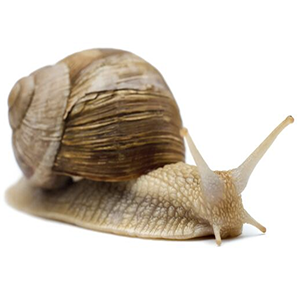Evaluation of the microbiological and chemical aspects of autochthonous wild snails in Sardinia

Submitted: 17 November 2021
Accepted: 9 March 2022
Published: 29 June 2022
Accepted: 9 March 2022
Abstract Views: 555
PDF: 202
HTML: 24
HTML: 24
Publisher's note
All claims expressed in this article are solely those of the authors and do not necessarily represent those of their affiliated organizations, or those of the publisher, the editors and the reviewers. Any product that may be evaluated in this article or claim that may be made by its manufacturer is not guaranteed or endorsed by the publisher.
All claims expressed in this article are solely those of the authors and do not necessarily represent those of their affiliated organizations, or those of the publisher, the editors and the reviewers. Any product that may be evaluated in this article or claim that may be made by its manufacturer is not guaranteed or endorsed by the publisher.
Similar Articles
- Antonello Cicero, Giuseppe Giangrosso, Gaetano Cammilleri, Andrea Macaluso, Vittoria Currò, Lucia Galuppo, Daniela Vargetto, Domenico Vicari, Vincenzo Ferrantelli, Microbiological and chemical analysis of land snails commercialised in Sicily , Italian Journal of Food Safety: Vol 4, No 2 (2015)
- Arianna Corda, Laura Mara, Sebastiano Virgilio, Margherita Pisanu, Giannina Chessa, Antonio Parisi, Maria Paola Cogoni, Microbiological and chemical evaluation of Helix spp. snails from local and non-EU markets, utilised as food in Sardinia , Italian Journal of Food Safety: Vol. 3 No. 2 (2014)
You may also start an advanced similarity search for this article.

 https://doi.org/10.4081/ijfs.2022.10289
https://doi.org/10.4081/ijfs.2022.10289



